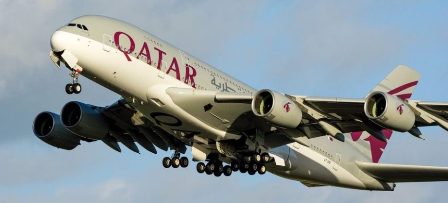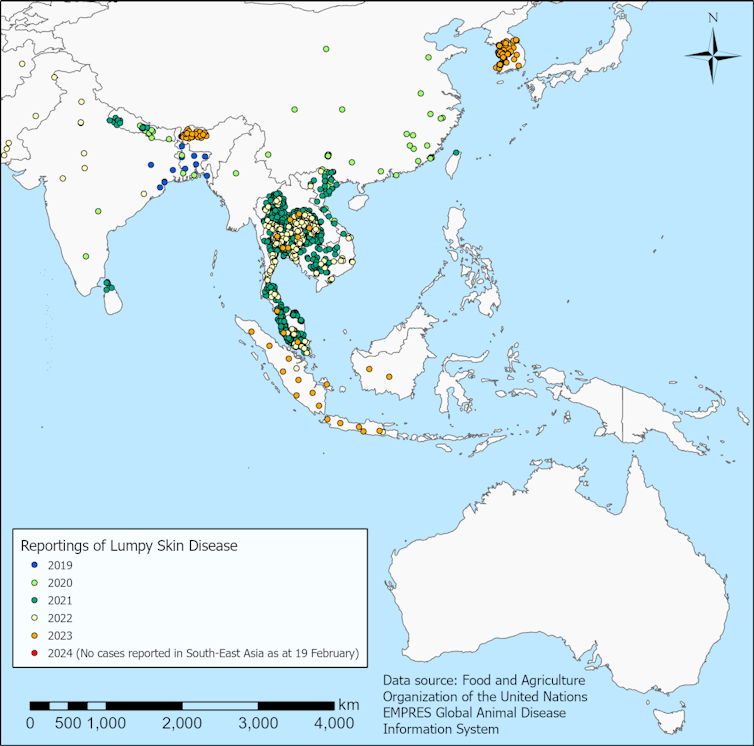A Qatar Airways flight bound for Bali was diverted to Bangkok on Wednesday evening after severe clear air turbulence injured passengers.
Qatar Airways flight QR960 between Doha (DIA) and Denpasar (DPS) was forced to make a diversion to Bangkok (BKK) on May 10 following a severe wave of turbulence while traveling through 37,000 feet over the Bay of Bengal, leaving several individuals onboard the aircraft injured.
The flight touched down in Bangkok at around 18:00 ICT, roughly half an hour after the incident and less than six hours after take-off, allowing passengers and crew to seek medical assistance.
No damage is reported to the aircraft, a 12-year-old Boeing 777-300ER (A7-BAN). The jet remained at Bangkok Airport overnight before continuing to Denpasar on Thursday afternoon. All passengers were provided with meals and accommodation during the unexpected Thai stopover, according to the airline.
The continued flight, designated as QTR960D, finally landed at Denpasar at 21:41 WITA, after a nearly four-hour-hop between the two cities.
In a statement shared on Twitter, Qatar Airways confirmed the incident, clarifying some of the details.
“Qatar Airways flight QR960 from Doha to Denpasar diverted to Bangkok following an encounter with clear air turbulence, which resulted in some moderate and a few minor injuries on board. Upon landing safely, the aircraft was met by medical teams to provide assistance to affected individuals,” the Doha-based carrier wrote.
“Qatar Airways is providing all passengers with meals and overnight accommodation in Bangkok and will continue the flight to Denpasar tomorrow (May 11). We regret any inconvenience this has caused to our passengers. The safety and security of our passengers and crew remains our top priority.”
The Bay of Bengal, between India and Southeast Asia, has a notorious and very long history of leaving passengers green in the face due to its volatile and sometimes unpredictable weather patterns.
In June 2016, a Malaysia Airlines Airbus A380 (9M-MNF) traveling between London Heathrow (LHR) and Kuala Lumpur (KUL) hit violent turbulence over the region, leaving 40 onboard with injuries severe enough to require medical attention upon arrival in Malaysia. The flight, operating as MH-1, was shaken by winds traveling across the Bay of Bengal, injuring 34 passengers and six crew members. MH-1’s crew continued to Kuala Lumpur, with no other issues reported during the journey.
Another A380, this time operating for Emirates, was also rocked by turbulence near Chennai in July 2019 while en route between Auckland (AKL) and Dubai (DBX). At least one person was treated for severe injuries upon arrival in Dubai, while 13 passengers and 13 crew members sought treatment for minor injuries. An unreported figure was taken to hospital by the airport’s medical staff.
In the UAE GCAA’s final report, the aviation body concluded that the accident was triggered by severe air turbulence from a storm cell passing over the region. The GCAA advised that cabin crew ensure passengers wear their seat belts during periods of turbulence and flight and that cabin crew continue to communicate ahead of time.
Simple Flying




